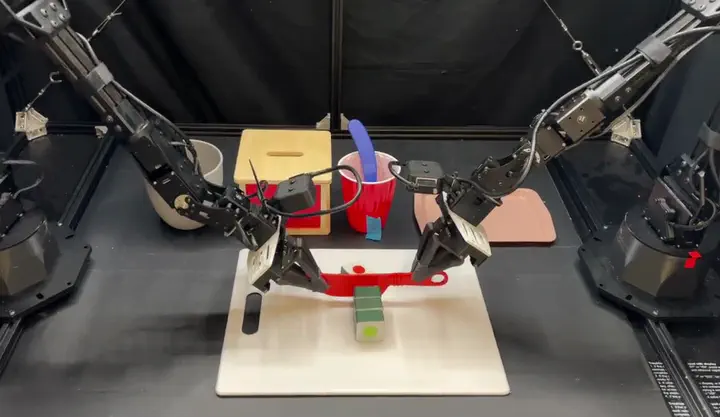
Abstract
In recent years roboticists have achieved remarkable progress in solving increasingly general tasks on dexterous robotic hardware by leveraging high capacity Transformer network architectures and generative diffusion models. Unfortunately, combining these two orthogonal improvements has proven surprisingly difficult, since there is no clear and well-understood process for making important design choices. In this paper, we identify, study and improve key architectural design decisions for high-capacity diffusion transformer policies. The resulting models can efficiently solve diverse tasks on multiple robot embodiments, without the excruciating pain of per-setup hyper-parameter tuning. By combining the results of our investigation with our improved model components, we are able to present a novel architecture, named Dit-Policy, that significantly outperforms the state of the art in solving long-horizon ($1500+$ time-steps) dexterous tasks on a bi-manual ALOHA robot. In addition, we find that our policies show improved scaling performance when trained on 10 hours of highly multi-modal, language annotated ALOHA demonstration data. We hope this work will open the door for future robot learning techniques that leverage the efficiency of generative diffusion modeling with the scalability of large scale transformer architectures.